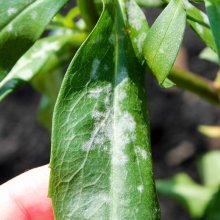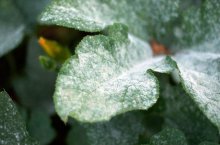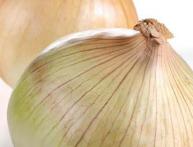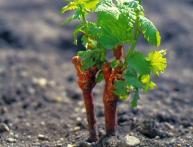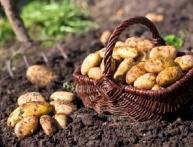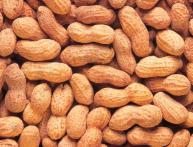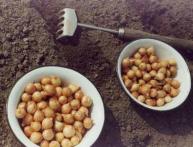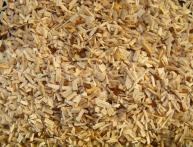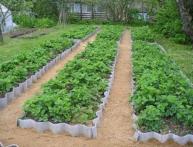Sounding the alarm: white plaque on indoor plants
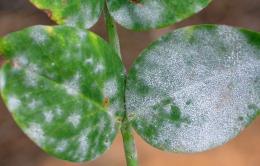
White plaque on a houseplant or potting soil is a headache for the gardener and a consequence of his mistakes in caring for his pet. As a result of violations of agricultural technology, favorable conditions are created for the spread of diseases and reproduction insect pests. Treatment tactics depend on correct recognition of the causes of this phenomenon.
Content:
- White spots: where do they come from?
- Types of fungal diseases
- Treatment of fungal infections
- Preventive measures
White spots: where do they come from?
The reasons for the appearance of white spots on houseplants may be:
- pest damage - mealybug
- fungal diseases – powdery mildew, downy mildew, white rot, mold
Mealybugs are sucking insects that leave sticky drops and white discharge resembling cotton balls on leaves. You can remove them from the leaves using a disk moistened with alcohol or soapy water. The plants are then sprayed with insecticides, which are available in a wide range on the market.
Following the instructions, the drugs will have to be used repeatedly until the scale insects are completely destroyed. Important. A diseased plant should always be immediately quarantined.
Fungal infections are promoted by increased room humidity, sudden temperature changes, crowded plants and their weakened state.An excess of nitrogen fertilizers and a lack of calcium, combined with inappropriate conditions, also provokes the development of fungal infections. Fungal illnesses highly contagious: spores are transferred from the ground, through the air with dust, and with new plants. Saintpaulias, begonias, chrysanthemums, and hydrangeas are most susceptible to fungal infections.
Types of fungal diseases
Diseases that appear as white spots on plants are caused by various types of fungi.
- Powdery mildew. This is a rapidly spreading fungal infection of house plants. The leaves quickly become covered with white powdery spots - mycelium, which is quite easy to clean off. Then the white coating covers other parts of the plant. The spots enlarge, become felt-like and turn brown. Infected leaves wither and fall off, shoots do not develop, and the plant is depressed.
- Downy mildew. It differs from the real one in that the coating first appears on the underside of the leaf blades, then turns brown. White rot. The white rot fungus infects the stem through the soil. The lower leaves lose their natural color and become covered with white fragments, and the top of the plant withers.
White mold, caused by the development of fungal microflora due to waterlogging of the soil, can appear directly on its surface. White mold stains should be distinguished from salt stains on the ground, which are caused by a chemical reaction and related to the composition used for glaze water. Mold islands give off a specific smell of rot and are easily rubbed in your hands.
Treatment of fungal infections

Fungal infections must be combated immediately, otherwise the plant will undergo a rotting process and die.First of all, the microclimatic conditions of the room must be brought into line with those required for a given plant. And immediately begin treatment measures. There are many popular folk recipes for fighting fungi that are safe for humans. Here are some of them:
- soap-soda solution: for 10 liters of water, take 50 grams of soda (ash or baking soda) and 20 grams of laundry soap. Treat the plant, repeat after a week
- potassium permanganate solution: dissolve 5 g of potassium permanganate in 10 liters of water
- mustard solution: dilute 2 tablespoons of mustard powder in 10 liters of warm water
First, all the leaves and stems of the “sick” person are washed with the prepared solutions, then they are sprayed on it. In advanced cases, one cannot do without the use of industrially produced fungicidal preparations: foundationazol, topaz, previcur, vitaros and others. Spraying is carried out following the instructions of the selected product.
If you find white spots of mold on the ground, you must:
- remove the top contaminated layer of soil
- lower layers soil pour a solution of citric acid at the rate of half a teaspoon of acid per glass of water
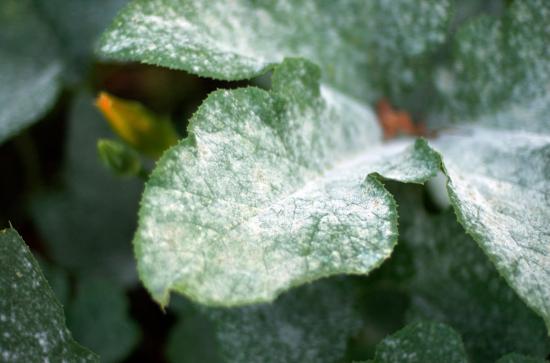
An acidic environment has a detrimental effect on the fungus and prevents its proliferation. After two weeks, watering is repeated. New healthy soil with pieces of charcoal is poured on top. A more reliable way to get rid of fungus is to transplant the plant into another pot and completely replace the soil. Instead of throwing away the contaminated soil, you can disinfect it in another container by dousing it with boiling water and calcining it in the oven.
Preventive measures
The well-known rule - a disease is easier to prevent than to cure - applies to all living things, including indoor flowers.In order not to miss the moment of infection, it is enough to follow simple measures:
- regular inspections of plants for stains and pests
- cleaning leaves from dust
- pruning, removing old leaves in contact with the ground
- creating optimal conditions for each species, taking into account illumination, humidity, temperature and feeding
The gardener's constant attention to his pets, his compliance with agricultural technology and living conditions, as well as first aid if necessary - these are the main components of the health and well-groomed appearance of indoor plants.
Video about ways to combat powdery mildew:

